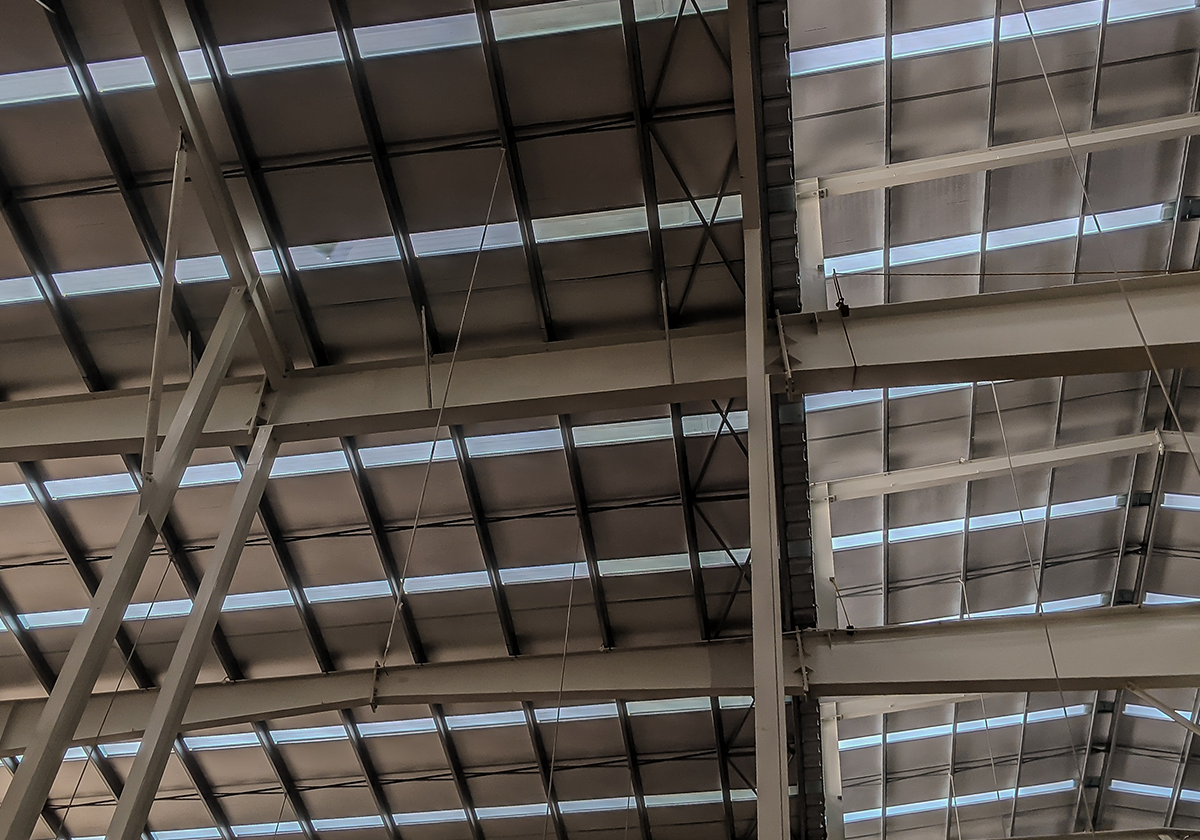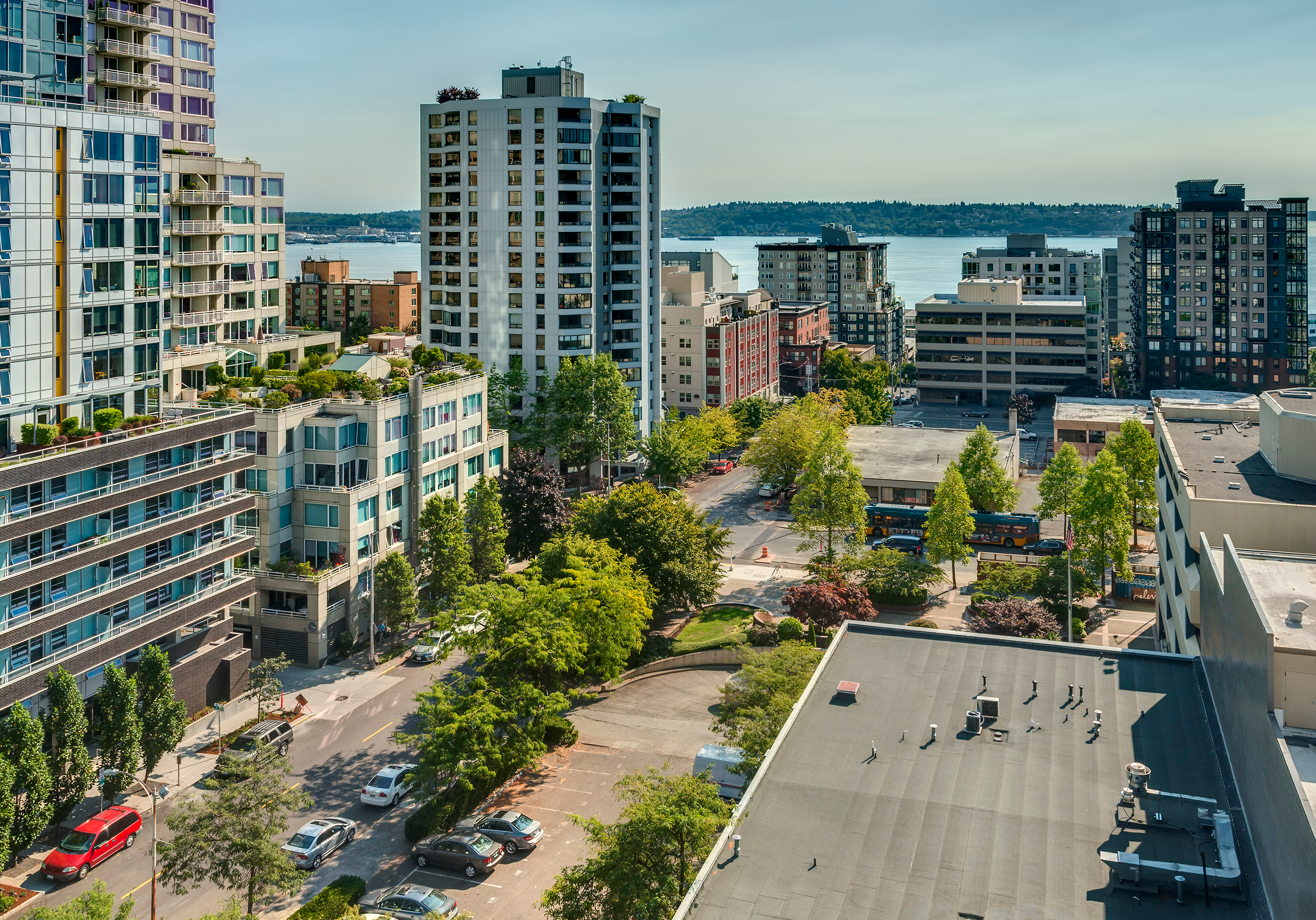Part VII of The Basics of Construction Classes series.
It’s common to see buildings of varied construction types all over Washington. Some buildings are built using different construction methods, while others are added on to over time.
The end of the construction class road is learning how to handle mixed construction. If you need a refresher on the construction classes, see our articles on each: CC 1: Frame, CC 2: Joisted Masonry, CC 3: Non-Combustible, CC 4: Masonry Non-Combustible, CC 5: Modified Fire-Resistive and CC 6: Fire-Resistive.
Whenever you think about construction classes, disregard basements. Basement walls and floor areas, or the area on grade with a basement, are not factors in determining construction class. Also, 33 1/3% is the key number to remember. If a building is constructed of two or more construction classes, use the lowest construction class (1 being the lowest, 6 the highest) over 33 1/3%.
Related:
WSRB's Essential Guide to Commercial Property Risk Assessment
Key points to consider about mixed construction
- Many retail and habitational buildings are multiple construction classes. The ground floor, where the parking garage or first floor retail tenants are located, is generally of a concrete-type construction, with the upper floors constructed of wood.
- In multiple-story buildings and occasionally in high-rises, the roof tends to be built using wood decking, despite the rest of the building being constructed of mostly noncombustible materials. This generally won’t affect your construction class because it’s less than 33 1/3% of the area.
- Don’t confuse the 33 1/3% for construction class with the 10% requirement on Earthquake Classes. It’s common to have a CC 1 Frame building that’s an Earthquake Class 5C (hollow masonry) because more than 10% — but less than 33 1/3% — is hollow masonry.
- Keep in mind that each rating bureau across the country determines wall portions slightly differently from one another.











